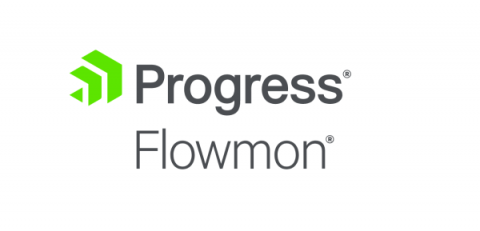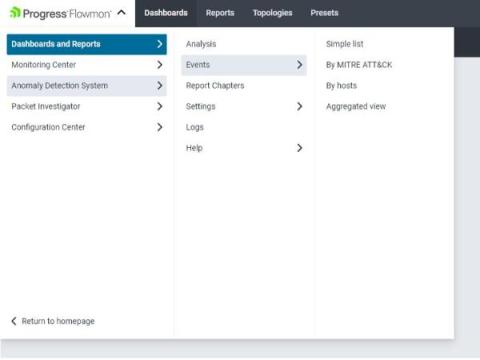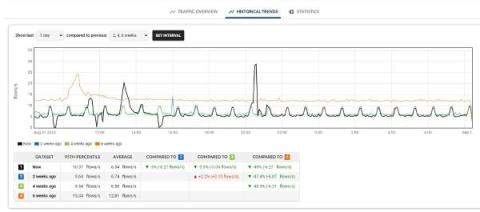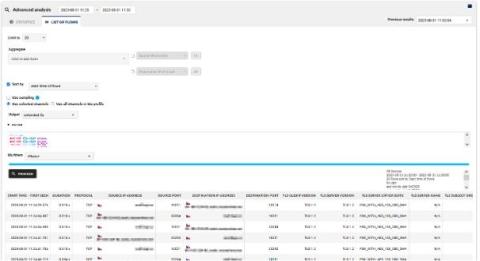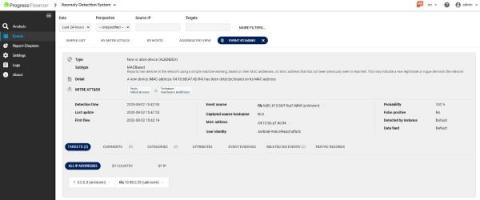What is Zero Trust and How IT Infrastructure Monitoring (ITIM) Makes it Happen
When the concept of Zero Trust emerged in 2010, it marked a sea change in how IT and network security are handled. The term, invented by Forrester Research analyst John Kindervag, is loosely based on the “never trust, always verify” motto. So why is this a sea change? Before 2010, IT focused on perimeter defenses and the concept of DMZs — areas of the network they deemed safe based on the protection they implemented.



